Hello my friends. It’s that time in the year when everyone gets a bit spooky as we move into October and Halloween will be upon us. During this month on the blog, we look at another passion of mine, the horror genre.
We will also look at the incredible change in technology over the decades that bought these types of films and all films from the cinema and into the home in the biggest revolution since the dawn of moving pictures themselves.
Let’s explore and welcome back ☺️
Being a child of the early 70’s and a young teen in the mid 80’s, l was privileged to see all this first hand. But how does a young child become a life long fan of the horror?
It was very simple, science-fiction.
Now, it depends on how far back we want to take this because we can go way back. Sci-Fi and horror have always been intrinsically linked.
Whether it be in books, comics, or the very early radio dramas and eventually in motion pictures, these two genres have always gone hand in hand. Let’s look at a very early example.
H.G. Wells we have talked about before in the blog “The chances of anything coming from Mars” from June of this year. I spoke about how that 70’s album of this H.G. Wells classic story scared me as a child.
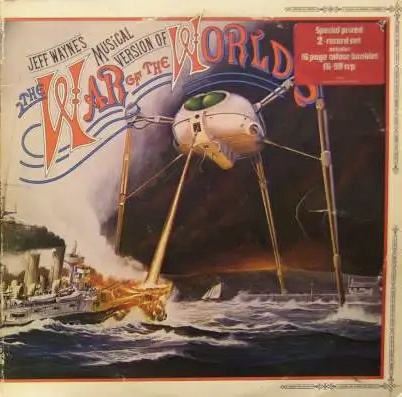
But this wouldn’t be the first time that “War of the worlds” would horrify. Back in 1938, one day before Halloween that year on October 30th, Orson Wells and an ensemble cast would shock the American public to their core.
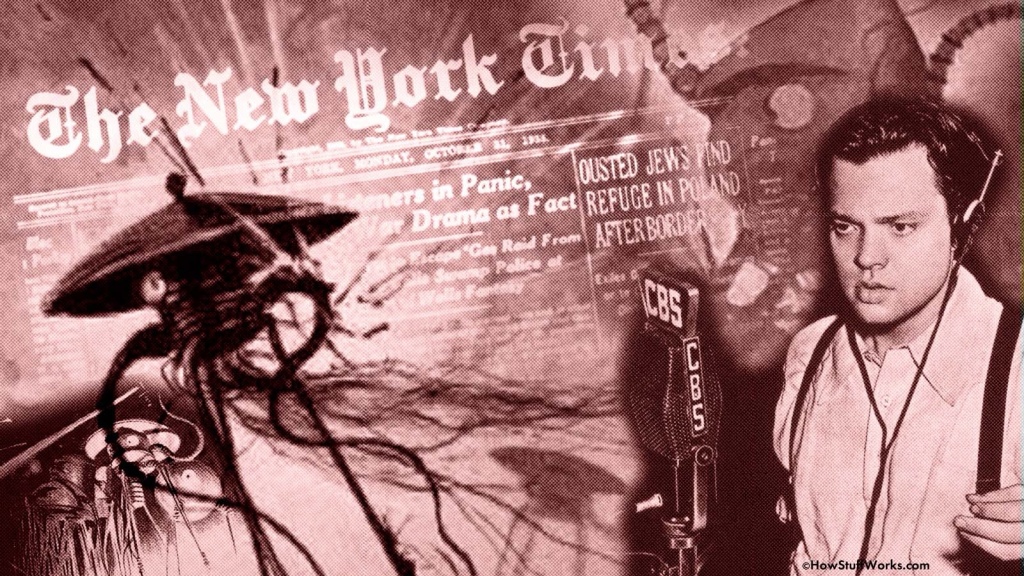
The story written by H.G. Wells in 1898 depicting a martian invasion and attack on a then Victorian London was updated by Orson Wells to fit into a modern late 1930’s American setting and society.
Baring in mind that radio in American had only been going since 1906, (some 32 years up to Orson’s broadcast), it was a “trusted” media by the public and you had the background of another actual world war brewing in Europe which would start a year later.
Combine those factors with some brilliant story telling by Orson and his cast, clever sound effects and the realistic style of the reports which were presented as a “as it happened” emergency broadcast from around the country of this apocalyptic invasion and the nation was gripped in fear as they listened.

Of course if you are listening to this on the east coast of America and you’re being told by the radio that you trust and believe in, (why wouldn’t you at this point?), that an invasion of Martians is happening live on the west coast, how do you know it isn’t?
Not like you can turn to the TV or the internet to verify this and the public panicked. Most Americans hadn’t read the original “War of the Worlds” story or even knew that H.G. Wells existed.
Before the broadcast went live that night, there was an announcement that what the listening audience were about to hear was a new radio drama play.
But a lot of people tuned in late, some thought the radio drama had been interrupted and this was actually happening and eventually you got some serious mass hysteria.
This got Orson, the cast and the radio station that broadcasted it onto some hot water and people were very angry they had been duped.
The American federal communications commission at the time, found that no laws had been broken but this did usher in new regulations for radio broadcasting in the future.
Subsequently, this was a launching pad for Orson Wells career and he would get a contract with a major Hollywood studio and go on to make the classic “Citizen Kane” in 1941.
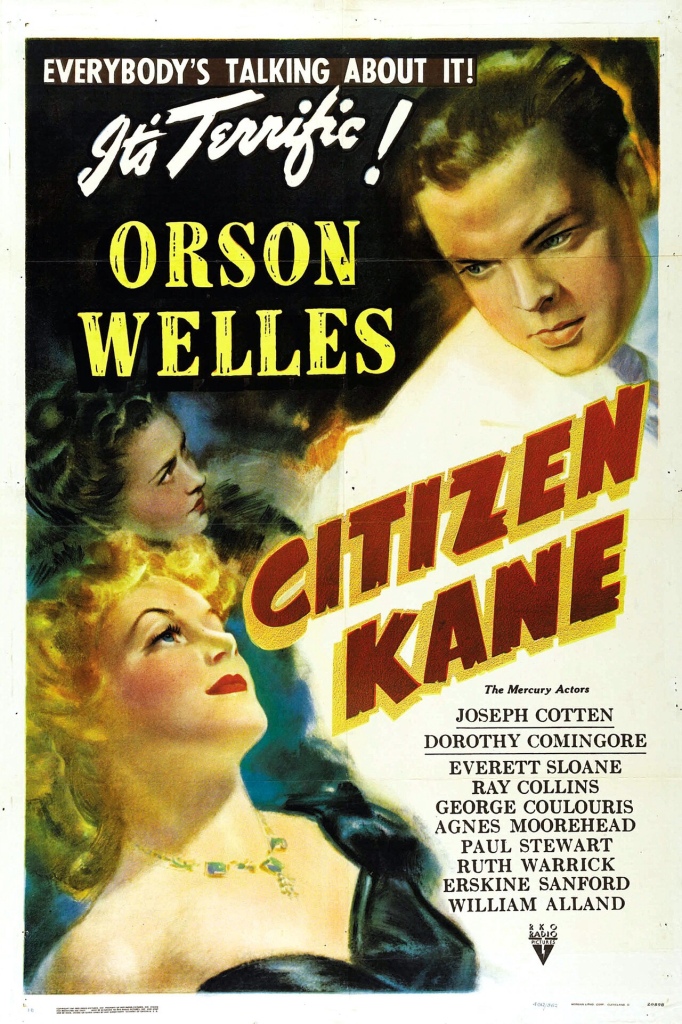
This is one of the best examples of how science-fiction and horror combined but it would be remiss of me not to mention those early stand alone horror films as well.
Until the early 1930’s when “Dracula” was released staring Bela Lugosi and made by Universal pictures, horror or “trick films” had been the realm of European and German expressionism cinema.

Examples of this can be found with films like the silent masterpiece, “The Cabinet of Dr. Caligari”, from 1920 which was part of that pre-1930’s German horror cinema movement.

The 1931 “Dracula”, which was based on the stage play which had also started Lugosi from 1927, which had been adapted from the Irish author Bram Stoker’s 1897 book, is widely believed to be the birth of modern popular horror cinema.
With the success of “Dracula” came some of the most memorable horror films of all time. “Frankenstein” would come next in that same year of 1931, once again from a stage play, adapted from Mary Shelley’s original novel from 1818.

This would also introduce the film going audience to another horror actor icon in the lumbering and menacing shape of Boris Karloff as Frankenstein’s monster.
Lugosi and Karloff would go on to dominate those early horror films of the 1930’s and of course by this time we had moved into films with sound and actors speaking from those days of the silent movies.
“Talkies” as they were known took horror films to new levels of terrifying audiences with sound. They also pushed the boundaries of practical special effects.
With those new techniques, the more fantastical and creative those horror films became and the audiences believed what they were seeing on the silver screen.
The people that worked on horror films would turn their expertise to science fiction story telling and the mixture of both started to become more common with the afore mentioned “Frankenstein” from 1931 being a fine example.
With that all being said, let’s get back to my experiences that lead me to be a horror fan. As mentioned in my previous blog entry from May of this year, “May 4th be with you” , it was early Flash Gordon radio plays of the mid 1930’s that had been turned into a 12 part film serial in the 1940’s that played in the American cinema’s, that first captured my imagination.
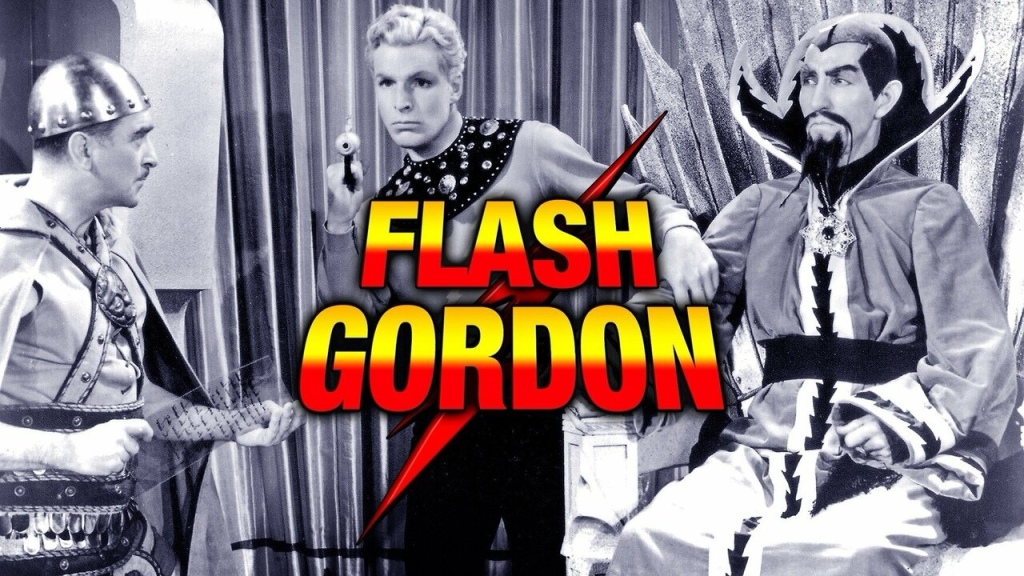
These were the extremely popular back then and were re-broadcast by the BBC in the U.K. on terrestrial television in the late 70’s and early 80’s.
They had that winning formula which was inspired by them running originally in cinemas exclusively. They had to be bold, packed with action, special effects, hero’s, villains and monsters.
Most importantly, each episode ended on a cliffhanging outcome that demanded you came back the next week to the to see what happened. It was a real moneymaker for those cinema’s.
The popularity and lasting memory of these types of cinematic serials even had the likes of now legendary directors George Lucas and Steven Spielberg being influenced very early on in their careers.

For example, a young Lucas had always wanted to buy the rights to Flash Gordon and turn it into a film franchise. When he wasn’t able to do this, he penned a little story called “Adventures of the Starkiller” which was renamed to “Star Wars” and the rest is history.
Spielberg would find himself working with his long time friend Lucas in the early eighties and produced another iconic film franchise that drew from those cinematic serialisations of the 1940’s in the form of “Indiana Jones and the raiders of the lost ark”
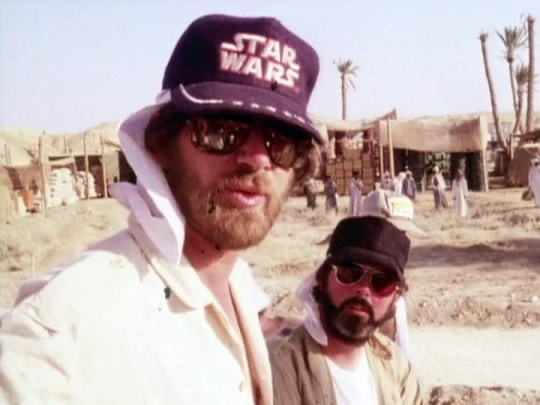
The influence that washed over them, washed over me and l loved these shows but more for those special effects and especially for the villains and the monsters.
To end this week’s blog entry, we go back to the beginning with “War of the worlds” again. As mentioned before, l was terrified of the musical adaptation of the book.
I knew nothing about the radio broadcast in the late 1930’s until l was much older but my grandfather took me to see a matinee feature of the 1953 film in the late 70’s in the cinema when l was a kid and like “Star Wars”, it blew me away.

This was the most perfect blend of science-fiction, horror and special effects that absolutely thrilled and terrified cinema audiences in 1950’s. Nothing like this had been attempted in motion pictures thus far.
As with Orson Wells re-imagined version for that radio broadcast in the 1930’s, this had now been reworked again to fit a post Second World War atomic age for the 1950’s.
Gone was the Victorian and military response of H.G. Wells original book from 1898 with steam battle ships, rifles and horse drawn artillery which would prove ineffective against the technologically advanced Martian invaders.
Even Orson Wells re-telling where we now had aircraft, radios, machine guns, huge canon wielding battleships and tanks of the late 1930’s where still no match against our interplanetary adversaries.
The 1953 film once again pitted humanity against these foes with the latest atomic weapons and all the modern American military had and of course it was fruitless endeavour against them.
The special effects were amazing for this film. Futuristic Martian flying machines, death rays, heat rays, buildings and military machines being blown to pieces but most chillingly, people being disintegrated.

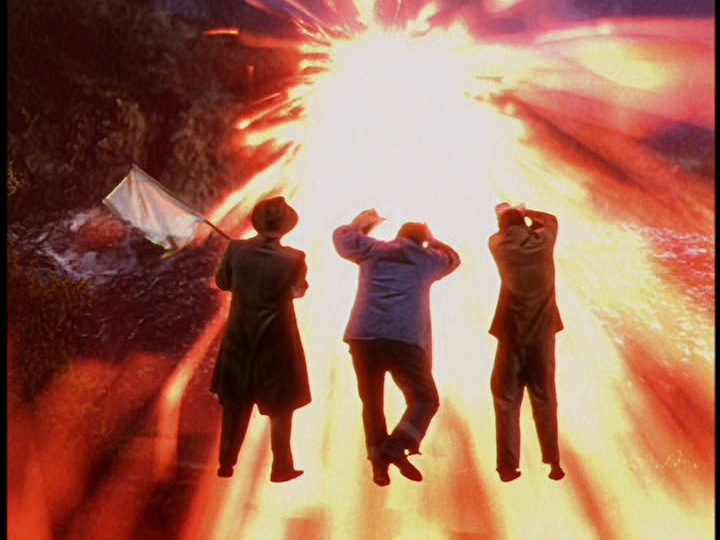
The sound design for this movie still haunts me to this day, extremely creepy and to a young boy at the time, deliciously terrifying.
Of course, you had the main stars of the film, the Martians themselves. So imaginative and horrifically otherworldly in their design and mannerisms.
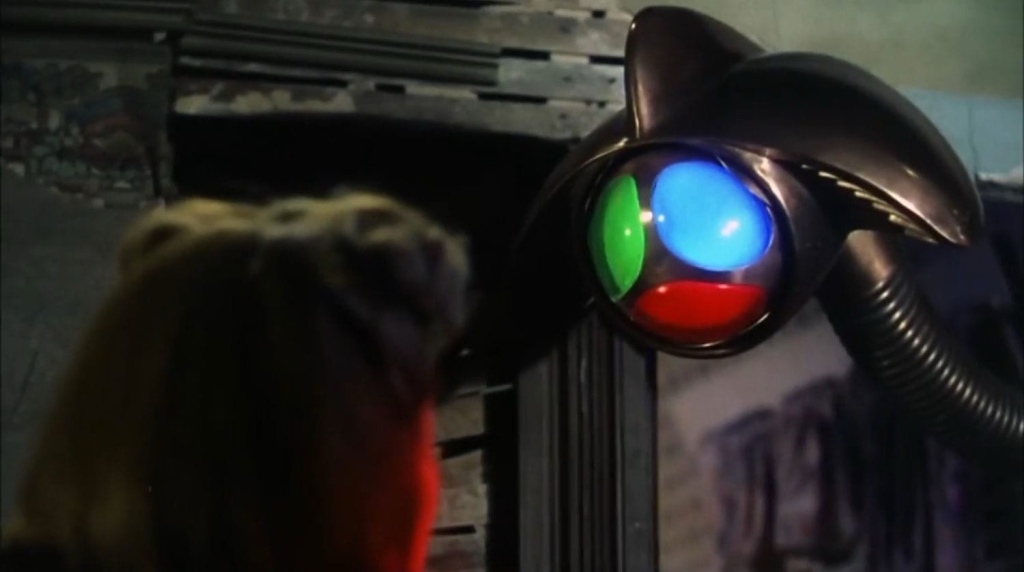
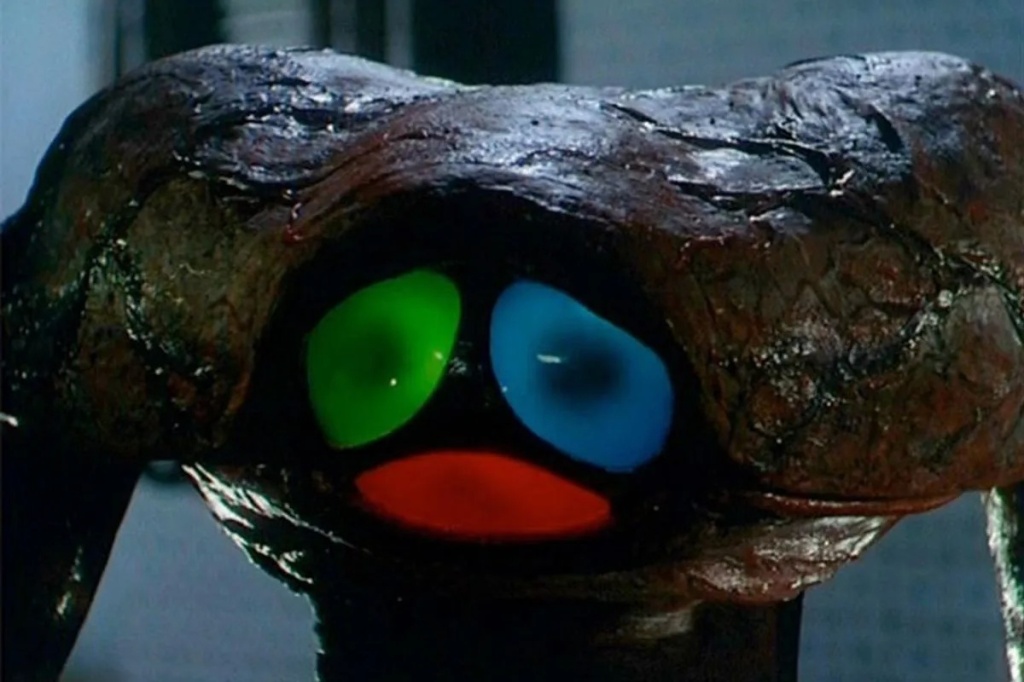
I was all in after seeing this with my Grandfather as kid and the feeling of being entertained and terrified at the same time was something l needed more of.
With this one story, it’s amazing to think that H.G. Wells concept from 1898 had gone from a book, to the 1938 radio play and to the pivotal 1953 Sci-Fi/Horror film epic.
“War of the Worlds” had truly transcended the decades along with the relentless pace of technological advancement in radio, tv and film sciences and its one of the best examples of this.
That pace doesn’t let up and we will look at the birth of home video, its origins, what it meant to the motion picture industry, the horror genre and to me, in our next blog entry.
As always, thank you so much for reading today’s entry, your likes, comments, shares and general interest in the blog.
Let’s explore together again next week ☺️
Leave a comment